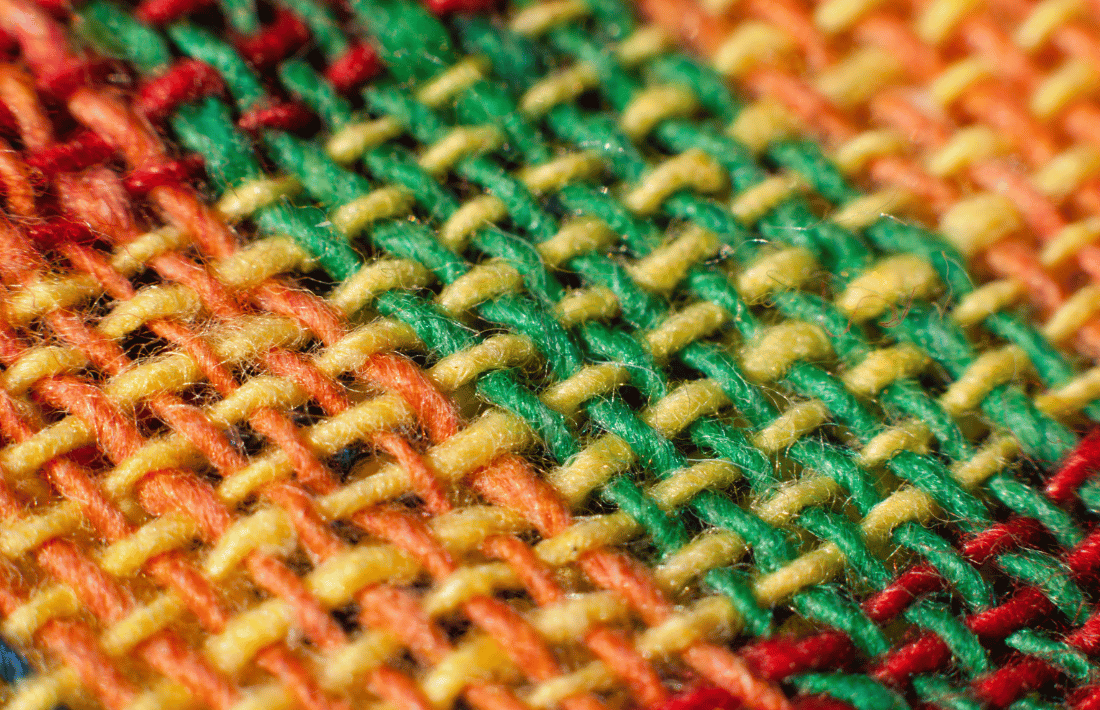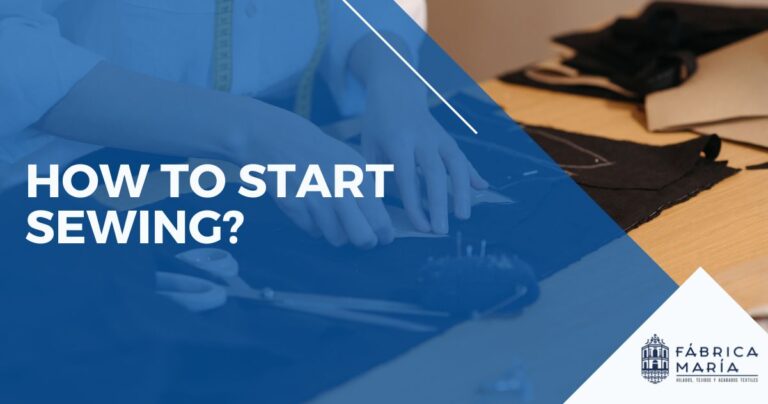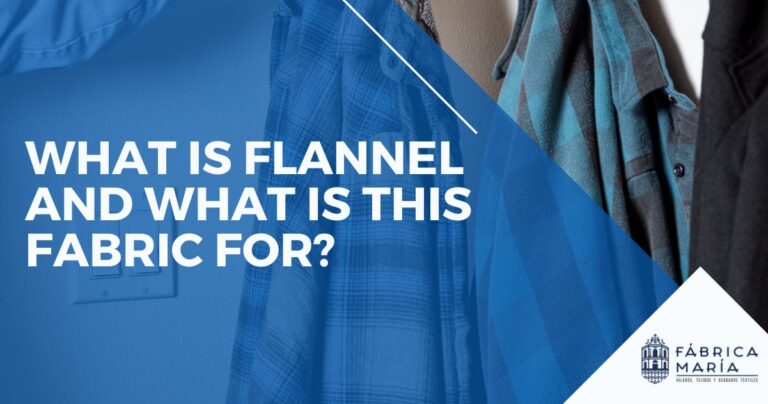What is flat tissue?
Share in:

Content
The flat fabric consists of all the threads being interlaced at right angles; that is, the threads that are along the fabric (known as warp) are intertwined with the threads that go to the width (weft). If you look closely at the fabric, you will notice that the flat fabric will look like a chessboard pattern or a woven basket. This type of fabric is very resistant and reliable, can be used from clothing to upholstery. Slight modifications of plain fabric include basket and rib tissue.
Among the fabrics you can find with this type of fabric are tarps, blankets, gauze, flannels, twines.
Types of flat fabric
Taffeta
The threads in the taffeta fabric are executed in a simple perpendicular weave pattern that resembles a checkerboard pattern. Gauze and organza are popular types of plain woven fabrics. It is one of the toughest types of fabrics and uses thick or fine yarns. It allows greater air circulation due to the greater number of crossover points.
Twill
In twill fabric, the fibers run diagonally over and under the threads. This results in a strong, soft, and smooth fabric. The diagonal lines on the surface of the fabric ensure its softness. In addition, the other side of the fabric is quite rough and shows a different or opposite pattern to the right side. Examples of twill weaving are jersey, trench coat, drill and denim.
This fabric is mainly used when durability is the main requirement.
Satin
Satin fabric is a great variation of twill fabric, but with constant warp thread and less weft interruptions. This type of weaving is achieved by leaving the warp yarn floating on four threads or more of the weft, this same yarn passing under the weft. The fibers used in this fabric are filaments such as silk or nylon, which makes it a smooth, flexible and shiny fabric. Soie peau and charmeuse fabrics are some examples of satin weaving fabric.
Characteristics of the flat fabric
- No cross stretch.
- Do not melt as easily as other tissues
- Versatile
- Flexible
- It is the tightest tissue structure
- Strong and durable
Quality of flat fabric
There are many ways to measure quality, but for the textile industry, quality is established from the beginning of production, as are fibers, yarns, fabrics, design and finishes.
Some of the factors to measure quality are:
-
Color fastness:
It is the ability of a dye to preserve its original appearance without fading when subjected to different factors that could cause changes in the original tone. It is one of the most important problems of the textile industry.
-
Solidity to the Light:
It is the amount of time or life the tissue has by directly giving sunlight before it begins degradation in its tone, decrease in intensity, and loss of brightness. UV rays and visible sunlight can affect all materials, including fabric. Exposure can be by natural light or artificial light devices.
-
Resistance to washing:
It is performed to determine the amount of color loss that tissues show after a continuous wash and the amount of color they give to other tissues, in this test it resembles the wear action that cause household or automatic washing.
Don’t forget to follow us on Facebook.




